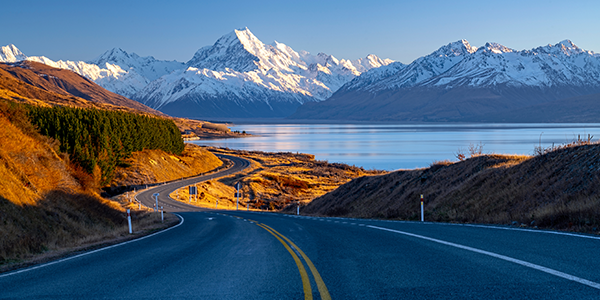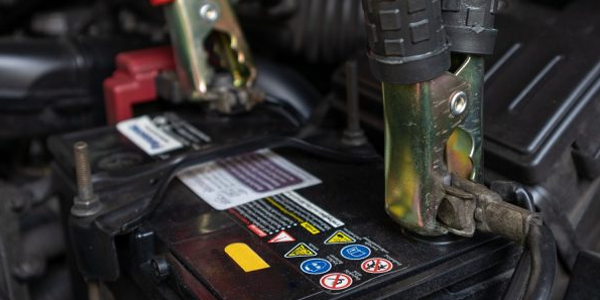July 2025
Mountain Driving
Driving on mountain roads can be challenging, especially in adverse weather conditions so it always pays to take extra care. Here are our top tips to help keep you safe as you take to the slopes this winter.
Plan ahead
Before heading up the mountain, it is important to know what weather to expect and how that could affect road conditions. Most ski areas will release regular reports on their road status so make sure to check beforehand >>
If the weather is particularly severe, you may want to wait until conditions have improved before heading to your destination. It is always best to err on the side of caution and ensure that you feel confident driving in the conditions presented to you.
Ensure your vehicle is ready for the conditions
You will want to make sure all the lights are working correctly, that the anti-freeze is at correct levels and that your battery is in good condition.
Tyres will need to have sufficient tread and be correctly inflated. If fitting winter tyres, note that all four tyres must be fitted.
For peace of mind, you could visit an MTA repairer and/or tyre specialist to have your vehicle properly checked.
It also pays to read your car's manual to familiarise yourself with your vehicle features. Some modern vehicles are packed with features that will help in icy or muddy conditions, such as hill descent and specific ice/snow settings which could be useful for your trip.
Be prepared to fit chains (or snow socks)
If you will be travelling on snow or ice it’s recommended to have chains or snow socks available. Ski areas will advise specific requirements for their roads, so make sure you are clued up on the rules by checking their website or snow report. It may be stipulated that you must carry chains, even if they are not needed at the time, so always be prepared.
You will also need to be comfortable fitting them, so if you have never fitted chains before, why not have a practice at home before you set off?
When using chains, make sure they are fitted to the driving wheels. It may sound obvious, but chains go at the front on a front-wheel drive and at the back for a rear-wheel-drive. They should be fitted so they are firm but not tight. Once fitted, drive a short distance then check them again to make sure they are secure.
Be aware of hazards
Mountain roads can be narrow, bendy and unpredictable so take extra care while driving on them.
To reduce risks, make sure you are visible by driving with your headlights on, drive slower than normal, be aware of potential hazards, changes in the road surface (such as potholes), and the behaviour of other vehicles. Avoid sudden braking or direction changes. Be patient and leave plenty of room between you and the other drivers.
Tyre grip is far less on icy roads with black ice almost invisible to the driver, so be extra vigilant after very cold nights and in shadowy areas.
Sunstrike can also be a problem in winter months, especially when driving around the bends of a mountain road. Low sunlight shining on white surroundings can also cause temporary ‘snow blindness’ which has a similar effect to sunstrike and can leave you unable to see what is in front of you.
Try to avoid travelling up or down the mountain at times where sunstrike is more likely to happen such (during sunrise or sunset), keep your windscreen clean and wear polarised sunglasses to help minimise risk. If you encounter sunstrike, consider pulling over and waiting until visibility improves.
If things go wrong
- In the event of an emergency, dial 111.
- For mechanical breakdowns, contact a breakdown service provider. (Be prepared by having an AA Membership or many insurance providers offer a roadside rescue package).
- If you want to report or check current road conditions on a state highway:
- Call 0800 4 HIGHWAYS (0800 44 44 49)
- Check online at journeys.nzta.govt.nz
- If you do get stuck, stay with the vehicle and keep everyone warm until help arrives.
- If you are involved in a crash, tell the Police even if no one is injured.
Enjoy your trip!
Although driving up mountains can be challenging and for some a little daunting, being well-prepared and knowing what conditions to expect can help you feel confident and safe when out and about on our roads.
Take your time, be safe and enjoy the slopes! We will see you on the ski-lift!
Additional information
- Check out our Winter Driving Tips page >>
- Waka Kotahi NZ Transport Agency - Safer Winter Driving brochure >>
- Snow Chains vs Snow Socks >>



